Guiding Design Principles
These priorities dictate the design direction that I'd like to pursue with this project.
Ultra-portable
- Compact enough to fit two in a medium-sized backpack
- No protruding elements that could scratch or break your laptop
- As light-weight as safely possible
Powerful
- 15mph at 15% grade
Safe
- Brakes quickly and effectively
- Extra durability where it counts
Robust
- Road-ready, rain or shine
- Tough enough for bumps and curbs
High Longevity
All wear components should be swappable or repairable without special tools. This is a scooter that you can keep around for the long haul.
What I'm NOT optimizing
There are a few items that do not appear as guiding design principles, which I think deserve an explanation. Their omission will also define the direction of this project.
Cost
Not competing on cost lets me use durable components, serviceable designs, and deliver more fully the Guiding Design Principles. It is a core value of mine to encourage repairs over replacements (more on that in a future post). However, I also want this scooter to be affordable by those who have less cash on-hand. To that end, if you good people convince me to produce this thing, then I plan to offer the scooter both fully assembled and tested, and also as a parts kit. The parts kit will be much less expensive, but requires embarking on an assembly quest aided by documentation and your own wiles.
This is also my invitation to you to let your imagination run wild and contribute to the community. Kits would be bundled and a-la-carte, so you can source different-from-stock third-party components, and mod your scooter to your heart's content.
Comfort
As I stated up top, I am testing the premise that a tight-packing e-scooter could meet unmet needs. To stay focused on this question, I am giving myself latitude to design aggressively towards the guiding principles. To achieve a small size, this scooter will feature solid urethane wheels, no shocks, and will not provide a full-width support for your foot. In other words, it will be a harsh ride, and the rider will need to stay engaged while they're riding to avoid hazards (e.g. rail road tracks, potholes).
Aesthetic
This scooter will be no-frills, emphasizing function over form.
 Mike Thielvoldt
Mike Thielvoldt In continuing tests, I managed to tag the flange on the rear pulley and completely crack it off. Oops! What did I hit? The little bump at the beginning of the driveway ramp through a sidewalk.
In continuing tests, I managed to tag the flange on the rear pulley and completely crack it off. Oops! What did I hit? The little bump at the beginning of the driveway ramp through a sidewalk. 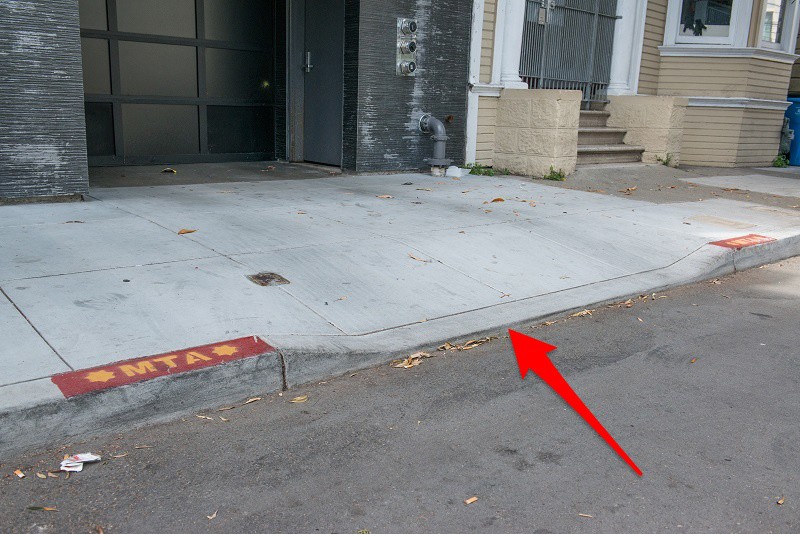
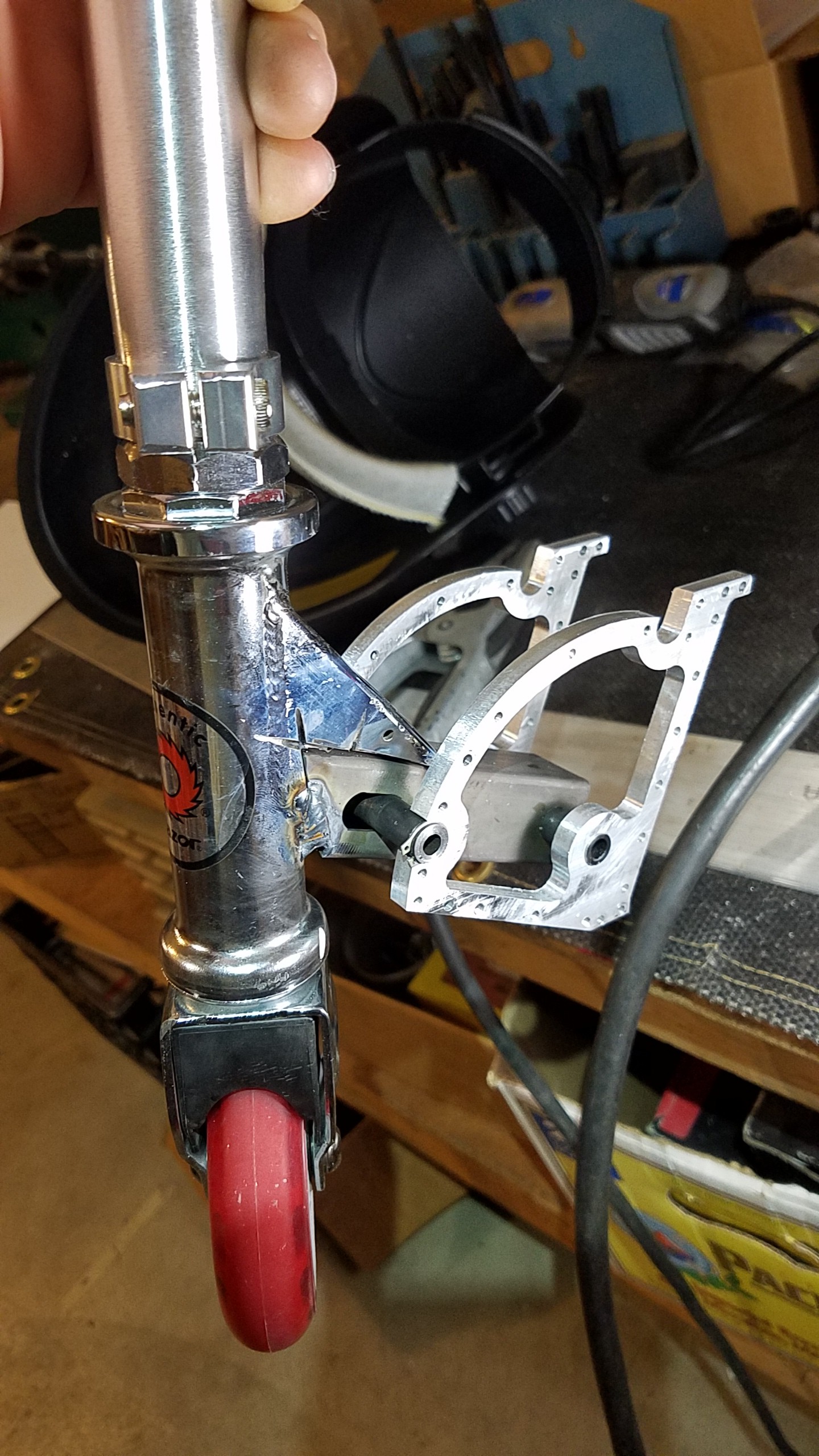
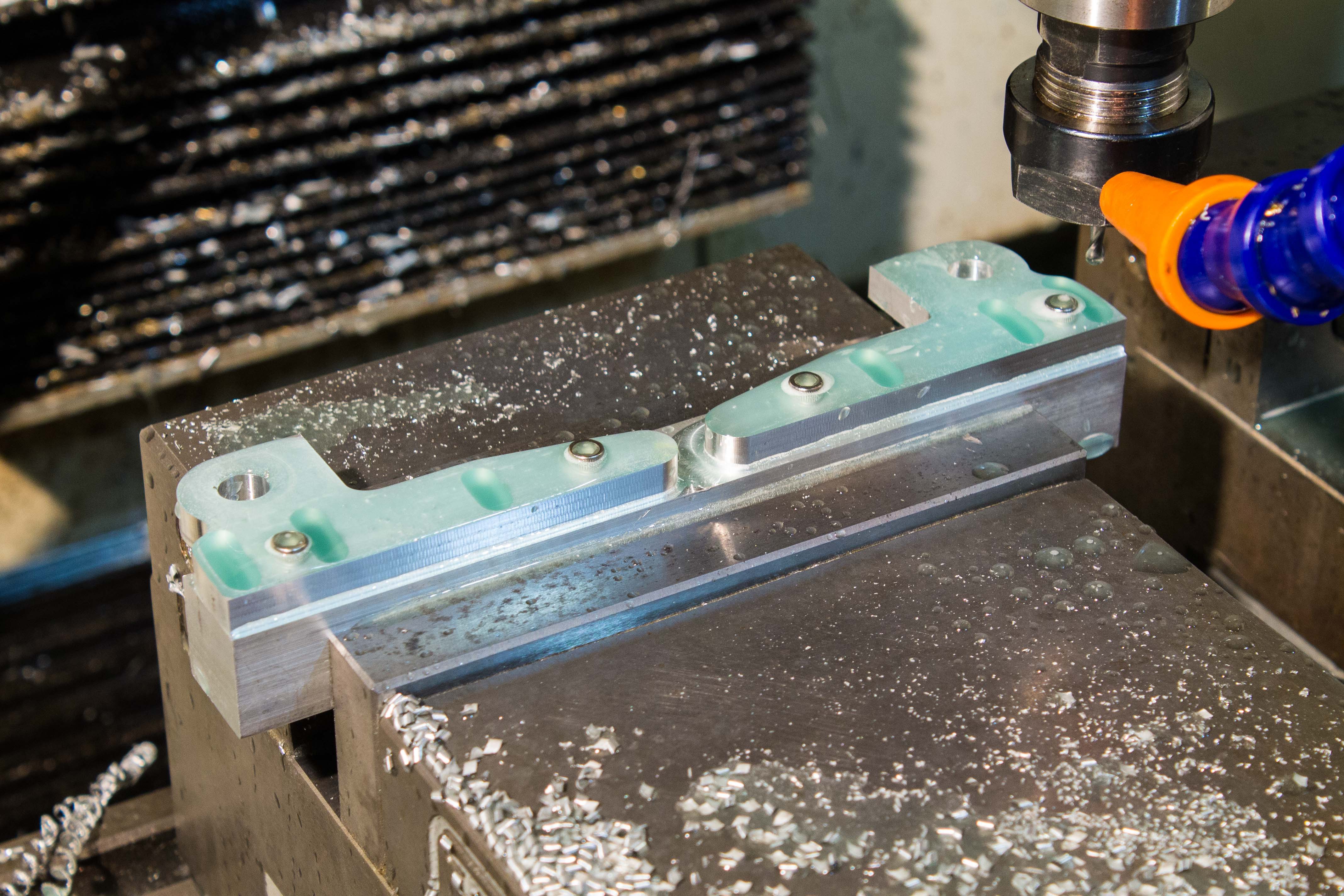

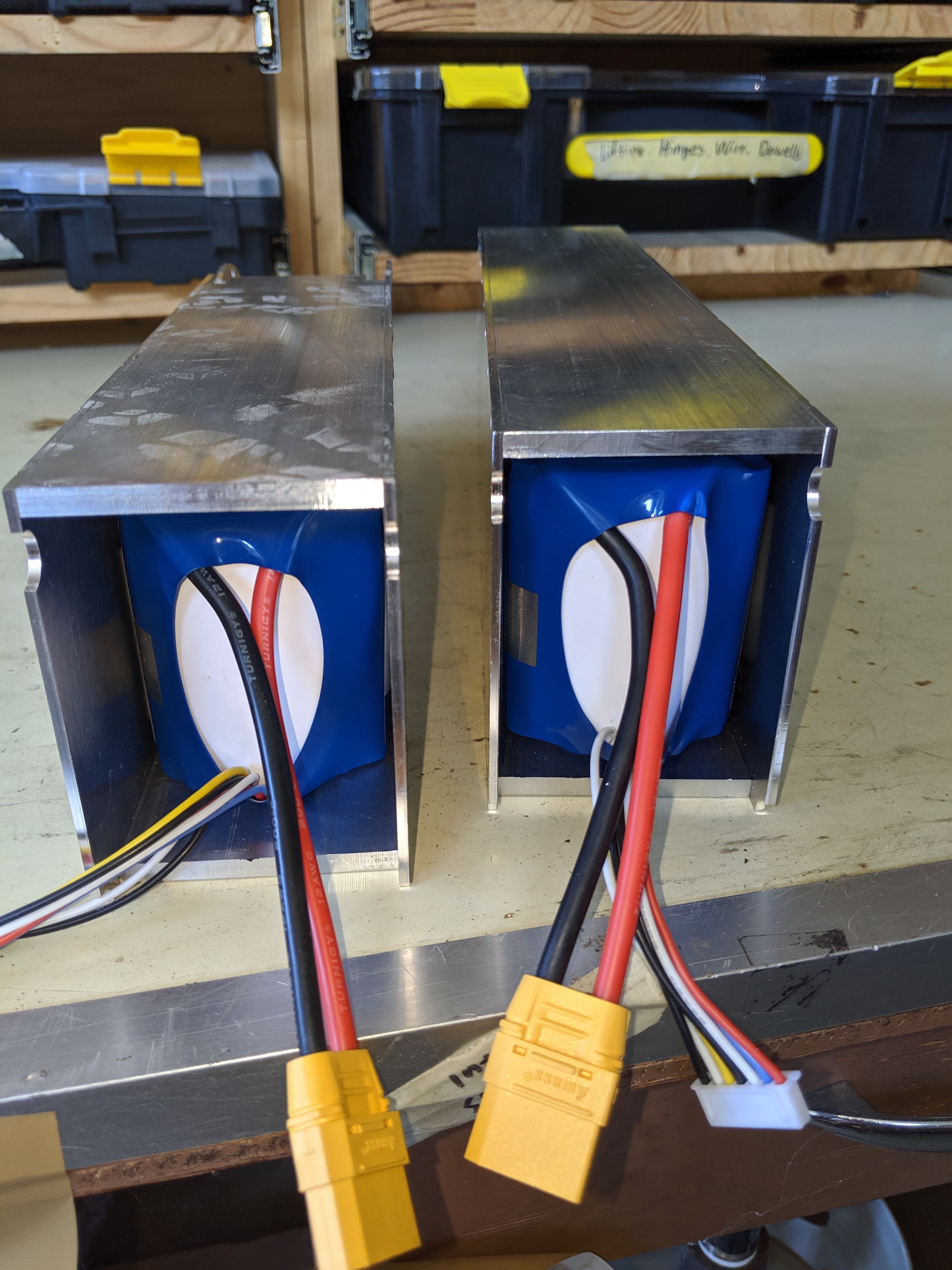


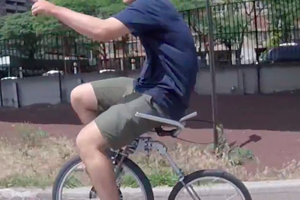
 Alex Bell
Alex Bell
 Colin Kingsbury
Colin Kingsbury

 Bree Hoffman
Bree Hoffman
This idea is perfect to apply on such this kind of project just like you can see some best products here Cajas de seguridad its a guaranteed quality store.